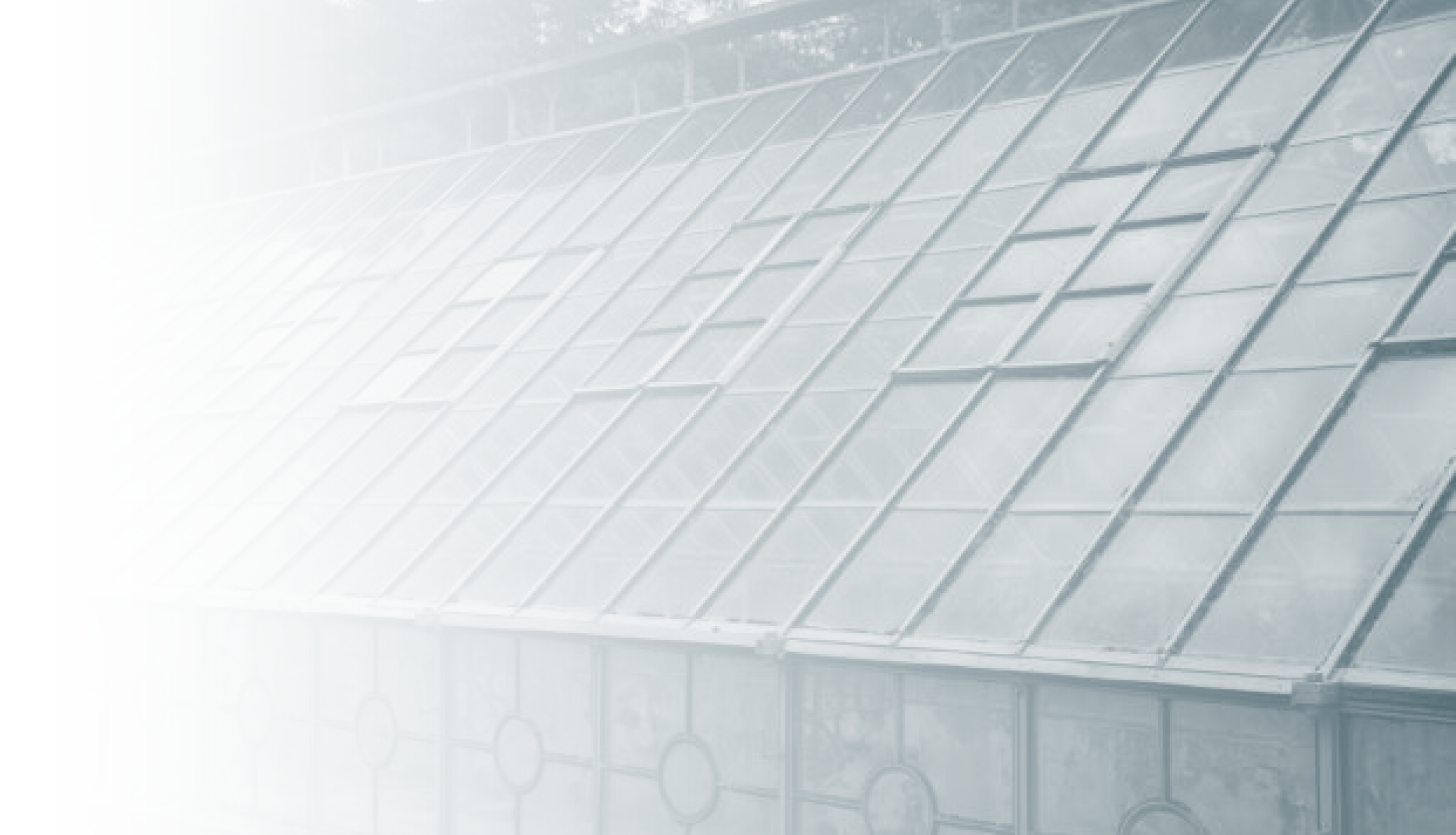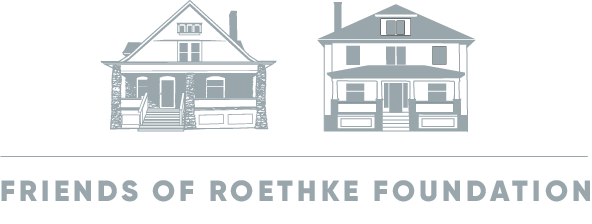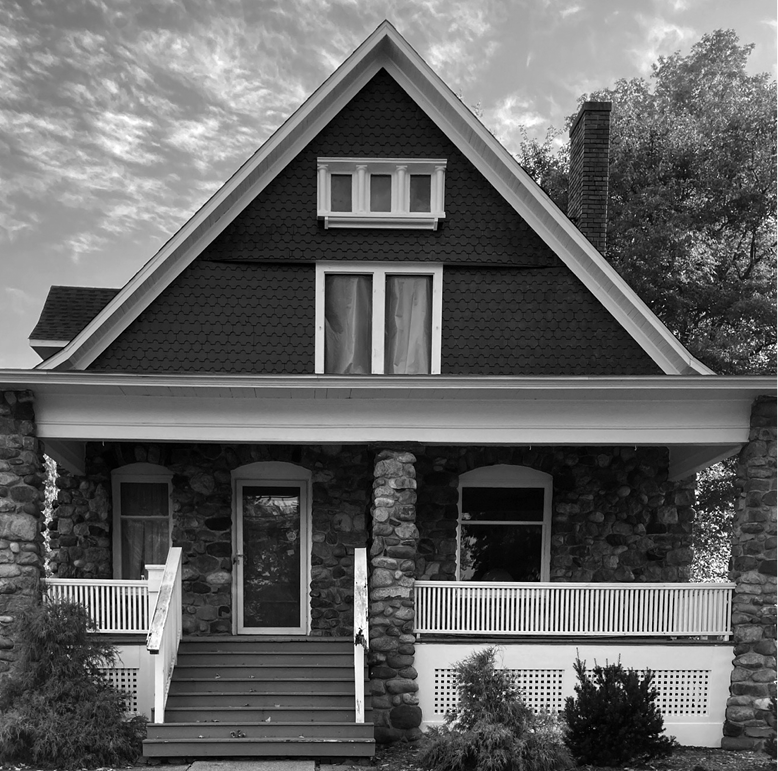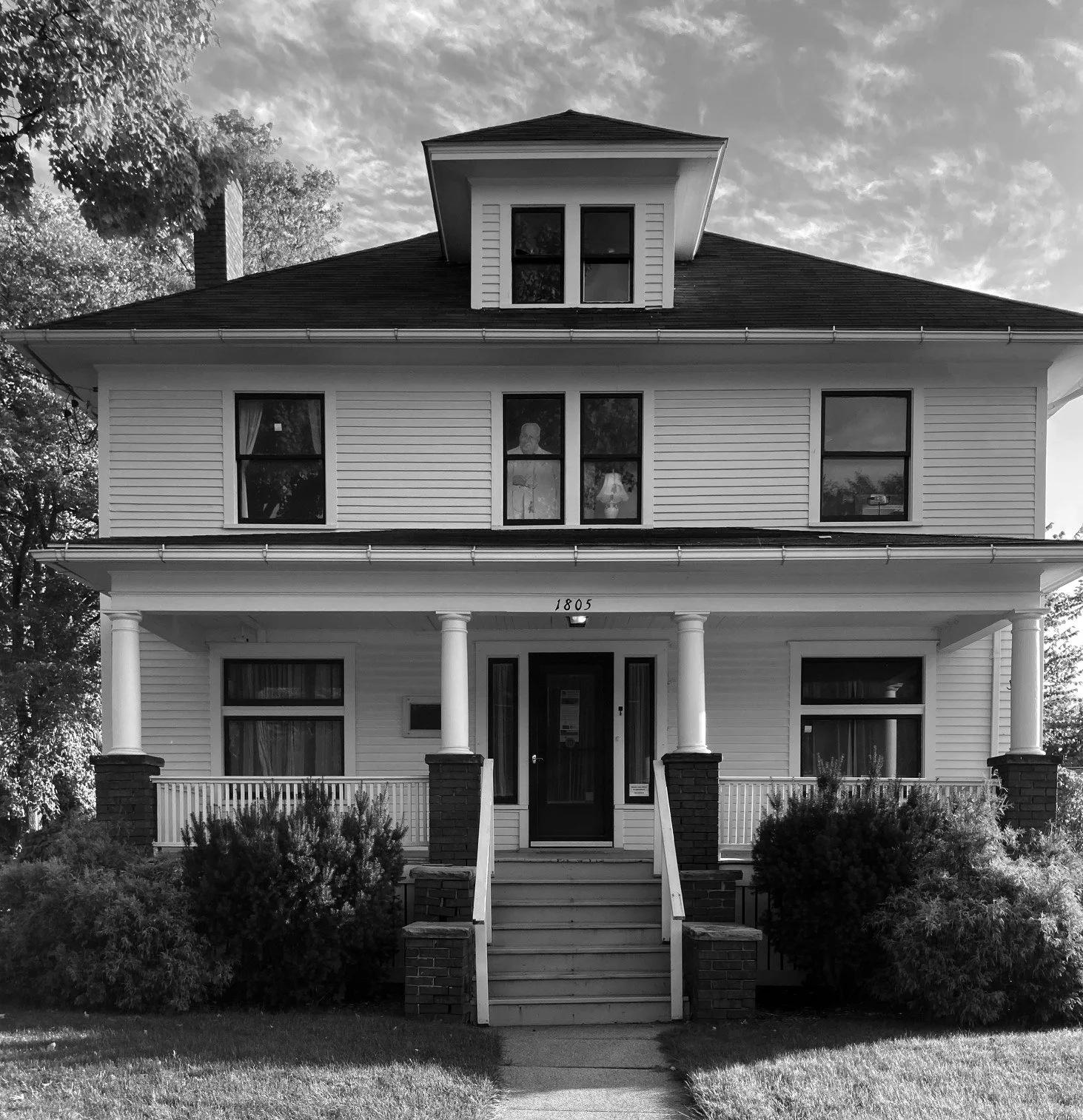
LEARN
Roethke Houses

The story of the Roethke family begins in 1830s Brandenburg, Germany where Ted’s grandfather, Friedrich Wilhelm Roethke, and his grandmother, Bertha Emilie Charlotte Talbert were born.
Friedrich and Bertha married October 20th, 1861 in Brandenburg. During this time Friedrich worked as the head forester on Otto von Bismarck’s sister’s estate in Pomerania, a small section of land on the southern shore of the Baltic Sea bordering Poland and Germany. After the births of their sons, Emil (1862) and Carl (1866), Friedrich moved his growing family to Berlin in 1870 where he started a flower shop. Two years after the move, Otto was born (1872), and on May 15th, 1873 the family arrived in New York City to begin their new lives in the United States. They settled in Saginaw, Michigan, where Friedrich became known as William. There he opened a market garden and a florist shop. He purchased 20 acres of land and constructed a series of greenhouses.
The business was called the William Roethke Floral Company.
Uncle Carl’s Stone House
As the floral business grew, William’s three sons Carl, Otto, and Emil began to run the business. After William died in 1912, the business was left to Carl and Otto and was operational until 1923, when both Carl and Otto died and the Roethke Floral Company was sold.
Carl had constructed the Stone House in 1904 near the greenhouses and moved into it with his family. Otto built the Roethke House next door around 1911. A dispute developed between the brothers and was not resolved before both men died. Helen, (Otto’s wife and Ted’s mother) and Margaret, Carl’s second wife never spoke with one another after that. The fence erected between the homes remains on the property and symbolizes the divide the family experienced.
The Roethke House
After settling in Saginaw, Otto married Helen Huebner in 1906. Two years later, on May 25th, 1908, Theodore Roethke was born. Otto and Helen built the Roethke House around 1911 next door to the Stone House, looking out over the greenhouses. Roethke grew up there with his sister, June, and he lived there until he went to the University of Michigan in 1925. The site served as a nurturing family house to the poet when he was healing from manic episodes, and he wrote many of his poems here, including work appearing in the Pulitzer-Prize winning volume The Waking.
Roethke’s younger sister June was born in the home in 1913. His only sibling, June lived the entirety of her life in the Roethke House, sharing the home with her aging mother Helen, and with Roethke when he was home during the summers from teaching. June had a Bachelors degree from the University of Michigan and was a teacher at South School, now called Handley, in Saginaw. June was a private person, to such a degree that she burned all the family photos she had in order to protect her family’s privacy from the public, so much of her life and many interior details of the house are unknown.
The house remained in the family for 83 years until June’s death. She passed away in the home in 1997. The Roethke House now functions as a museum devoted to the biography of the poet and his family, to the preservation of family artifacts, and to the interpretation of Roethke’s literary work.


